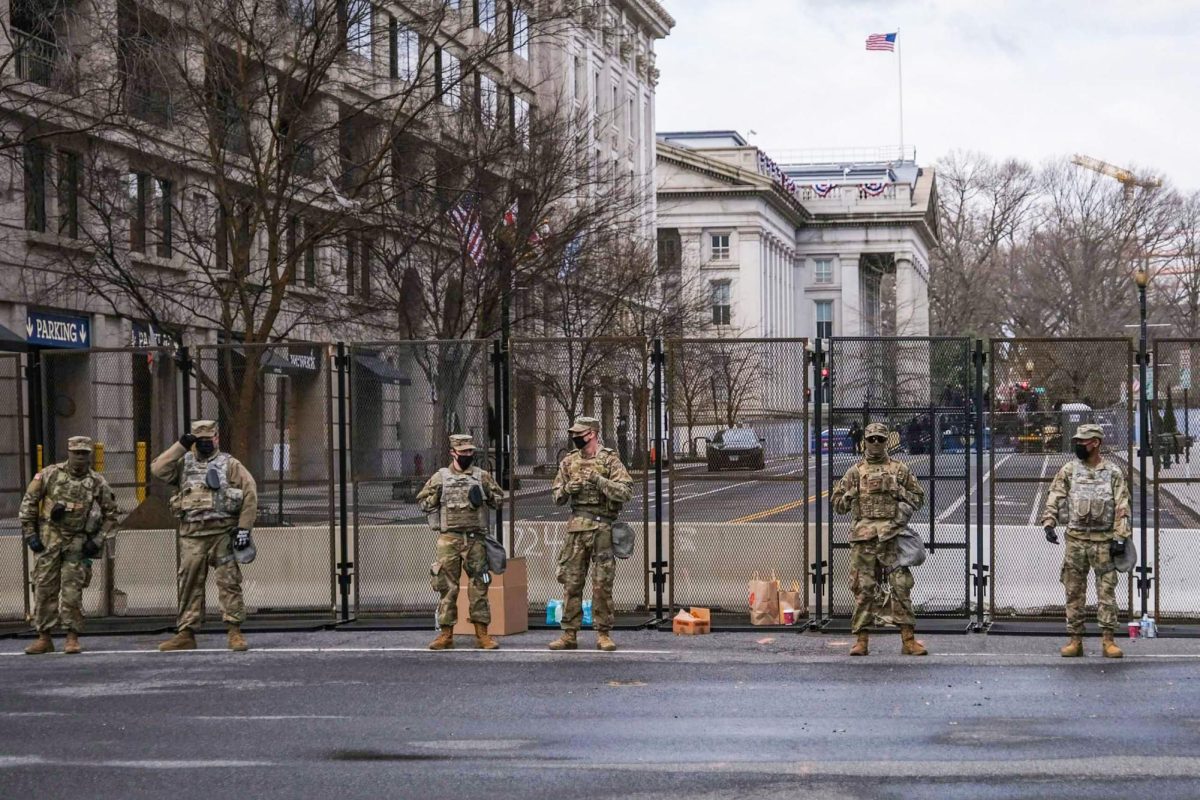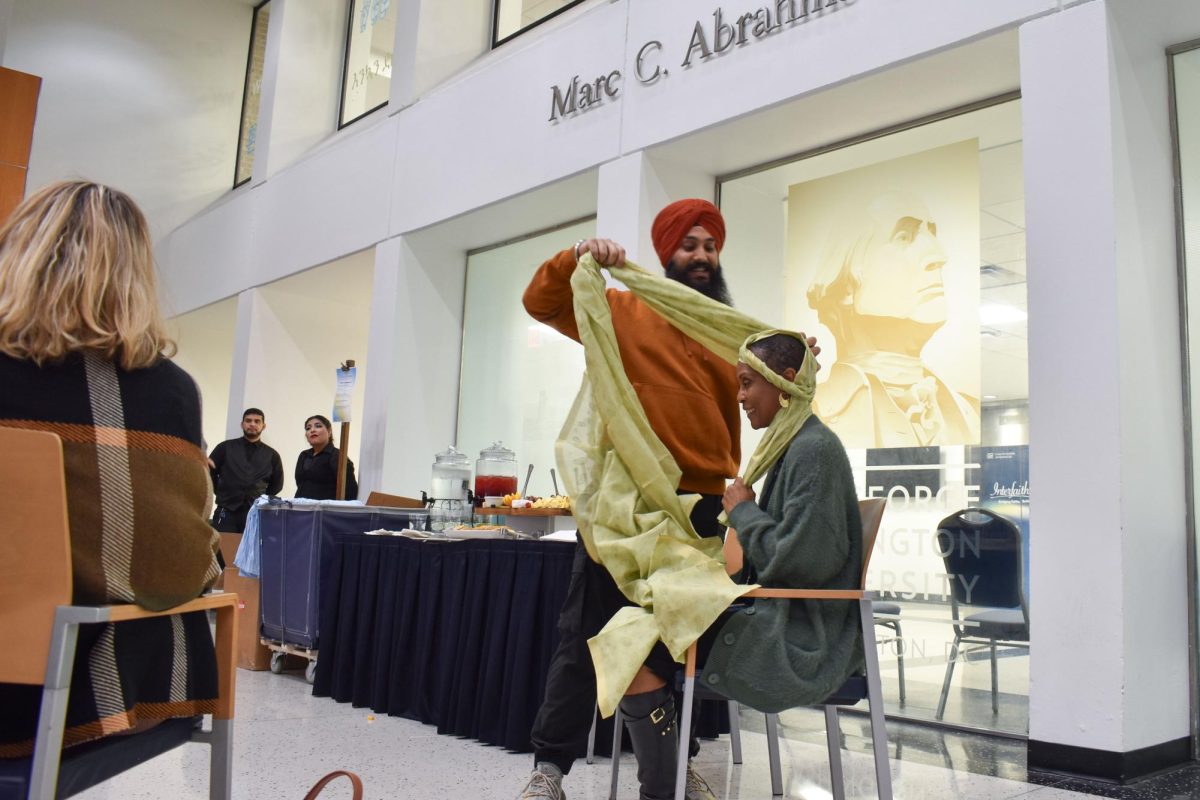Local university officials said they will adjust their admissions process next year to avoid enrollment surprises and overpopulated campuses.
This year, GW, the University of Maryland and Howard University reported a larger-than-average freshman class yield, or percent of accepted students who enroll.
“Clearly we’re going to have to make some adjustments,” Howard spokeswoman Donna Brock said.
But universities are unsure what adjustments they will make.
“We absolutely are encouraging prospective students to complete their applications early,” Brock said.
Howard may raise also admissions standards next year, Howard President H. Patrick Swygert told The Washington Post last week
She said Howard welcomed about 1,707 freshmen to campus last week, about a 20 percent increase from last year’s class.
Jim Christensen, associate director of admissions at Maryland, said the school may adjust the timing of acceptance letters or use a longer waiting list to better predict the size of its incoming class next year.
“We can’t have another year like this one,” he said.
Christensen said about 4,400 freshmen arrived at Maryland this fall, which exceed university expectations of 4,100 freshmen, up from 4,000 who enrolled last year.
The unexpected surge in student populations sent both universities and GW scrambling to house, feed and teach the extra students on campus.
GW converted 70 Hall on Virginia Avenue doubles to triple rooms, leased the entire St. James on 24th Street and a portion of the Pennsylvania House down the street on Pennsylvania Avenue to accommodate its housing overflow.
Christensen said Maryland knew the number of students it needed to accommodate last May, and Residential Life was able to furnish about 200 double rooms with extra furniture and cable and ethernet lines to become triples.
“So far, so good,” he said.
But Howard, which has later admissions deadlines, was caught off guard when about 300 more students than expected showed up after orientation last week.
With 240 students living temporarily in hotels, Howard has added shuttles transporting them to and from campus. Brock said the hotel buffets have supplemented campus dining for many of these students.
She said after registration closed Friday, campus residence hall spaces should open up.
“In the event that we do have students who are still unable to make their way back on campus, we are looking at securing one facility close to campus (for housing),” Brock said.
Classroom space is another issue the universities face. GW added several sections of introductory lectures, most at 8 a.m., to teach more students after enrolling its largest class in history of 2,550. University officials last spring said GW would hire faculty, mainly teaching fellows and doctoral students, to take on some of the extra teaching duties.
Maryland also added more faculty, Christensen said, but the already-large student population on campus made the extra demand for classes manageable.
“We experienced 300 more freshmen in a school for 25,000 undergraduates,” he said. “The numbers are relatively small, because of the number of undergraduates.”






